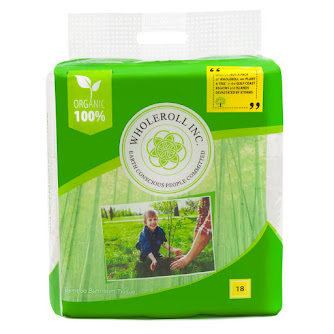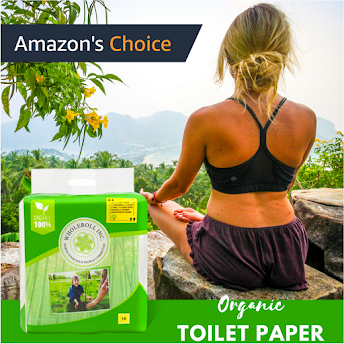Choosing a yoga mat may sound simple, but with so many varieties of yoga mats on the market, yoga students, especially beginners would benefit from a little knowledge of the different styles of yoga mats available. Of all the yoga accessories out there a yoga mat is probably the most important. A yoga mat should be durable, comfortable and offer the correct amount of support to avoid injury. Here are some other important features you should know about when choosing a yoga mat
Factors to Consider When Choosing a Yoga Mat
- Thickness of mat: Generally, a yoga mat should not be thinner than 4mm, and some people prefer an even thicker mat for comfort and to cushion and protect their joints.
- Size: a taller person would likely do better with a larger yoga mat
- Type of yoga being practiced: A durable, non-slippery yoga mat would be ideal for a vigorous yoga practice, such as Ashtanga yoga; however, a basic sticky mat is more appropriate for a Hatha-style yoga practice.
Types of Yoga Mats
The following is a list of the different varieties of yoga mats available on the market as well as their benefits and potential drawbacks.
- Sticky Yoga Mats
Sticky mats are not necessarily the best choice of a yoga mat when it comes to the environment or your health, however. These mats contain PVC (polyvinyl chloride), an environmental toxin. Other ingredients of sticky mats often include lead, cadmium, and a class of chemicals called phthalates, which can disrupt the endocrine system, among many other health problems.
- Rubber Yoga Mats
- Cotton Yoga Mats
- Travel Yoga Mats
Choosing a yoga mat depends largely on the student's personal requirements, as well as the type of yoga being practiced. With so many types of yoga mats available on the market, there is a yoga mat appropriate for every yoga student.








